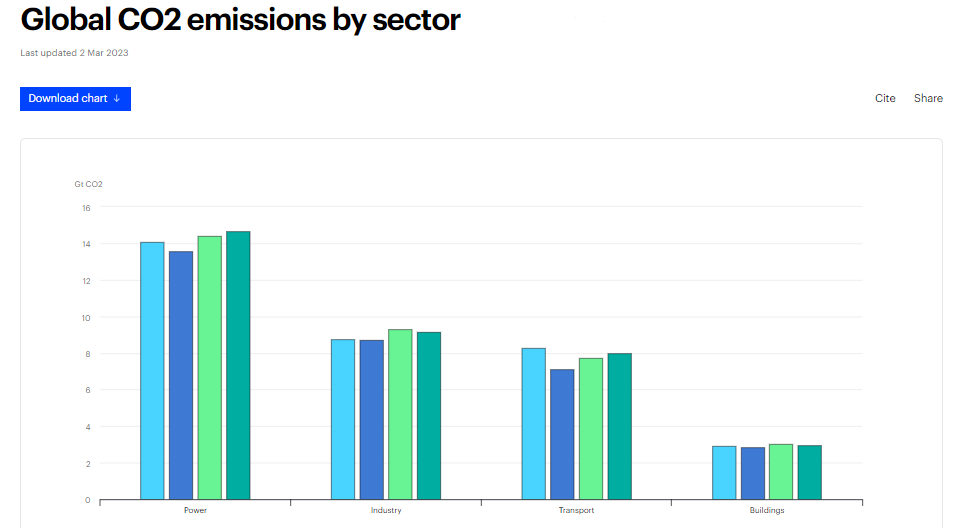Too much carbon in the atmosphere is triggering many climatic changes and is a real threat to our existence, along with animals and plants. Extreme heat waves, storms, long drought periods, and catastrophic floods are a result. So we need something that can help reduce the carbon in the atmosphere, and nothing is better than plants—yes, the green plants that also look good to the eyes and provide a serene environment and good energy.
Plants draw carbon dioxide from the atmosphere because they have the natural ability to do it. Scientists at Salk are utilizing this same quality of plants to clean the air from carbon dioxide by redesigning their roots so that they can store more carbon. Their sophisticated new tool, SLEAP, is an artificial intelligence software that tracks different features of root growth.

Designing new plants to fight climate change
Salk Institute’s program called Harnessing Plants Initiative (HPI) is focused on developing solutions to leverage plants for storing carbon, as plants already do store carbon in their biomass. But the storage is usually temporary, as when plants die or crops are harvested, the carbon stored returns to the atmosphere. Salk is trying to increase their capacity to store more carbon and that for longer periods of time.
HPI scientists are using SLEAP to design these climate saving plants. It is quite easy to use and was first designed to track animal movements in the lab, and is now adopted to study root structures.
In a recent study, researchers revealed the new protocol of SLEAP, which will analyze root characteristics like how deep they grow, their width, how big they grow with time, and their other physical traits, which were quite tiring and time consuming to measure before SLEAP.
SLEAP is a leap forward in plant research
SLEAP is already helping scientists, as they have generated an extensive catalog of plant root systems. Identifying these root systems of plants will help scientists to find genes that are associated with the characteristics that they are looking for. It will also help in defining if multiple characteristics of a plant are defined by the same genes or not.
Salk researchers will be able to determine that which genes are helpful for designing their new plants. Elizabeth Berrigan, a scientist who was involved in developing SLEAP, says,
“We created a robust protocol validated in multiple plant types that cuts down on analysis time and human error while emphasizing accessibility and ease-of-use—and it required no changes to the actual SLEAP software.”
Source: Salk Institute.
The Salk researchers tested the model on different plant types, for example, rice, canola, and soybean. They also tested it for the mustard family’s flowering weed, scientifically called Arabidopsis thaliana, and they found after the trials that SLEAP is 10 times faster in training AI models than previous practices and is 10 times faster in predicting plant structure on new data.
Researchers are now focusing on a new challenge, which is to examine 3D root structures with SLEAP. Research with SLEAP will continue, as it is already speeding up the research process at Salk Institute.
The research study can be seen here.





